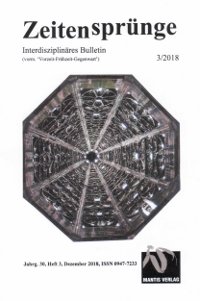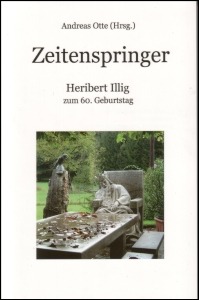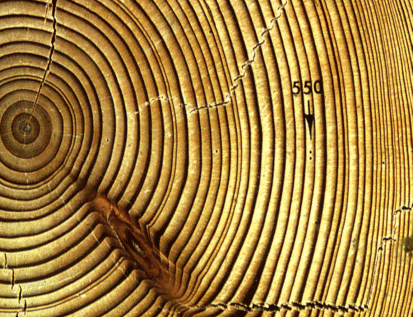CORONA is the codename for the United States’ first photographic spy satellite mission, in operation from 1960-1972. During that time, CORONA satellites took high-resolution images of most of the earth’s surface, with particular emphasis on Soviet bloc countries and other political hotspots in order to monitor military sites and produce maps for the Department of Defense. The more than 800,000 images collected by the CORONA missions remained classified until 1995 when an executive order by President Bill Clinton made them publicly available through the US Geological Survey. Because CORONA images preserve a high-resolution picture of the world as it existed in the 1960s, they constitute a unique resource for researchers and scientists studying environmental change, agriculture, geomorphology, archaeology and other fields.
In regions like the Middle East, CORONA imagery is particularly important for archaeology because urban development, agricultural intensification, and reservoir construction over the past several decades have obscured or destroyed countless archaeological sites and other ancient features such as roads and canals. These sites are often clearly visible on CORONA imagery, enabling researchers to map sites that have been lost and to discover many that have never before been documented. However, the unique imaging geometry of the CORONA satellite cameras, which produced long, narrow film strips, makes correcting spatial distortions in the images very challenging and has therefore limited their use by researchers.
The new Corona Atlas of the Middle East moves spy-satellite science to a new level. The team has started with a list of roughly 4,500 known archaeological sites across the Middle East. The spy-satellite images revealed another 10,000 that had previously been unknown.




